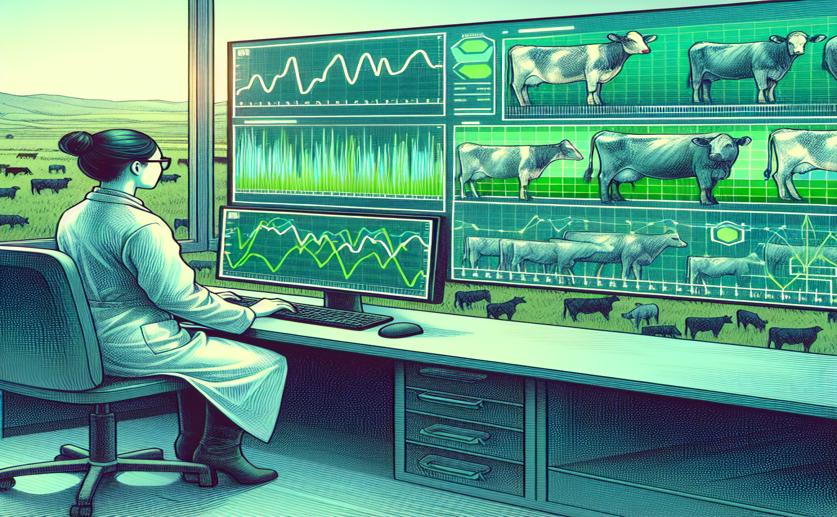
Spotting Sick Cows by Analyzing Their Health Data Patterns
Jim Crocker
21st February, 2024

Image Source: Natural Science News, 2024
AgricultureBiotechAnimal Science
References
Main Study
1) Using registry data to identify individual dairy cows with abnormal patterns in routinely recorded somatic cell counts.
Published 21st February, 2024
https://doi.org/10.1016/j.jtbi.2023.111718



 4th February, 2024 | Jim Crocker
4th February, 2024 | Jim Crocker